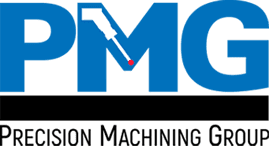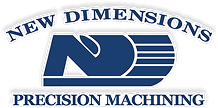FAQs
Deciding between casting vs forging should be easy. Most metal components can be easily converted to the forging process with the forged result yielding a stronger component with no porosity and a better surface finish. To discover all the benefits of closed-die forging, and why you should convert from casting to forging, visit our
By switching from extrusion to forged aluminum, we consistently obtain nearer net shapes to reduce machining and add more details and strength to a part. To discover all the benefits of closed-die forging, and why you should convert from extrusions to forging, visit our
Closed die forging, also known as impression die forging, is one of the processes utilized to forge metal. The process of closed die forging involves hammering or pressing preformed metal blanks into a die that is shaped like the desired product. The piece is fully enclosed by the top and bottom dies, which forces the metal to completely conform to the die.
Converting from billet to a forged near net shape product greatly reduces the amount of machine time. You can eliminate your roughing program, saving 40% of the time to machine the completed part. The forging process will also increase the mechanical properties of the material. To discover all the benefits of closed-die forging, and why you should convert from billet to forging, visit our
The Anchor Harvey “A” is known as the “Splintered A” in the defense industry. Anchor Harvey is known for consistent, high-quality forged parts, and ordnance manufacturers look for the forge mark as a sign of a superior product. Visit our about page or discover The Anchor Harvey Way to see what sets us apart as makers of top-quality forged aluminum components.







